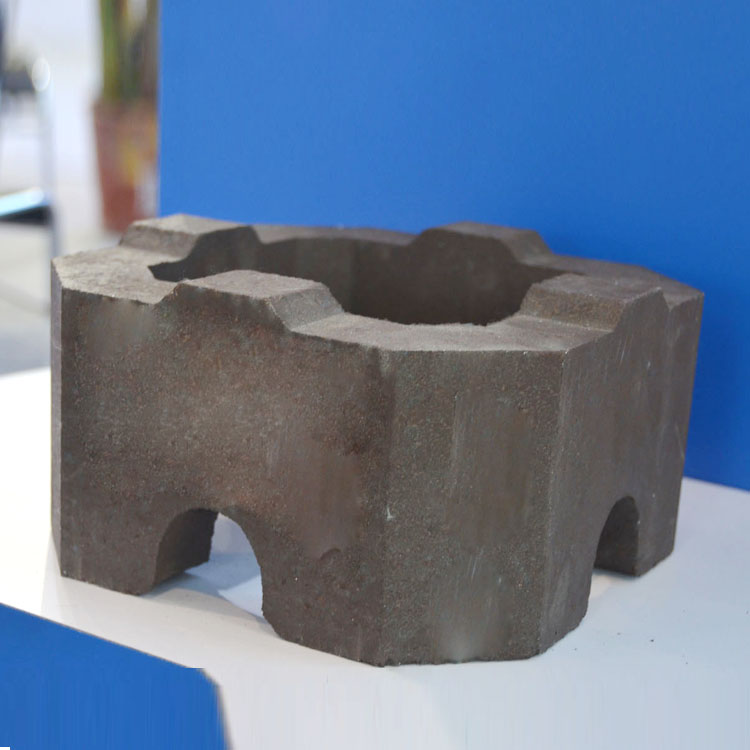
In the high - temperature industrial realm, finding reliable refractory materials is crucial for ensuring the safety and efficiency of production processes. Fused magnesia bricks have emerged as a top - tier solution. They are widely used in various high - temperature industrial applications, such as steelmaking, non - ferrous metal smelting, and glass manufacturing. These bricks play a vital role in lining furnaces, ladles, and other high - temperature equipment, protecting them from extreme heat and chemical corrosion.

Fused magnesia bricks are primarily made from fused magnesia. The raw material, fused magnesia, is obtained through a high - temperature melting process. After that, the materials are carefully proportioned according to a reasonable particle size distribution. This step is essential as it affects the density and performance of the final product. Then, high - pressure molding is applied to shape the bricks, followed by high - temperature sintering at around 1800 - 2000°C. This sintering process enhances the strength and stability of the bricks, making them suitable for high - temperature applications.
One of the most remarkable features of fused magnesia bricks is their excellent resistance to alkaline slag. In many high - temperature industrial processes, alkaline slag is a common by - product that can cause severe corrosion to ordinary refractory materials. However, fused magnesia bricks can withstand this kind of chemical attack, with a corrosion rate as low as 5 - 10% compared to some other refractory materials under the same conditions.
They also possess a high refractoriness. Fused magnesia bricks can maintain their structural integrity at temperatures up to 2800°C, ensuring long - term stability in high - temperature environments. Additionally, their good thermal stability allows them to resist rapid temperature changes without cracking or spalling, which is crucial for the smooth operation of high - temperature equipment.
In the steelmaking industry, fused magnesia bricks are used to line basic oxygen furnaces (BOFs) and electric arc furnaces (EAFs). Their high resistance to alkaline slag and high - temperature stability help to improve the service life of the furnaces, reducing maintenance costs and increasing production efficiency. For example, in a large - scale steel plant, the use of fused magnesia bricks has extended the furnace lining's service life from 1000 heats to over 1500 heats.
In the glass manufacturing industry, these bricks are used in the regenerators and melting tanks. Their ability to resist chemical corrosion and high - temperature conditions ensures the quality of the glass production process.
| Properties | Fused Magnesia Bricks | Other Refractory Bricks |
|---|---|---|
| Alkaline Slag Resistance | Excellent | Good to Moderate |
| Refractoriness | Up to 2800°C | 1500 - 2200°C |
| Thermal Stability | Good | Variable |
In conclusion, fused magnesia bricks are an ideal choice for high - temperature industries. Their outstanding properties, such as excellent alkaline slag resistance, high refractoriness, and good thermal stability, can effectively protect high - temperature equipment, reduce maintenance costs, and improve production efficiency. When choosing refractory materials for your high - temperature industrial needs, consider the specific requirements of your production process, such as temperature range, chemical environment, and mechanical stress. Fused magnesia bricks are highly recommended for their reliability and performance.
Are you interested in learning more about how fused magnesia bricks can benefit your high - temperature industrial operations? Contact us today to get detailed product information and professional technical support. Let us help you find the perfect refractory solution for your business!

